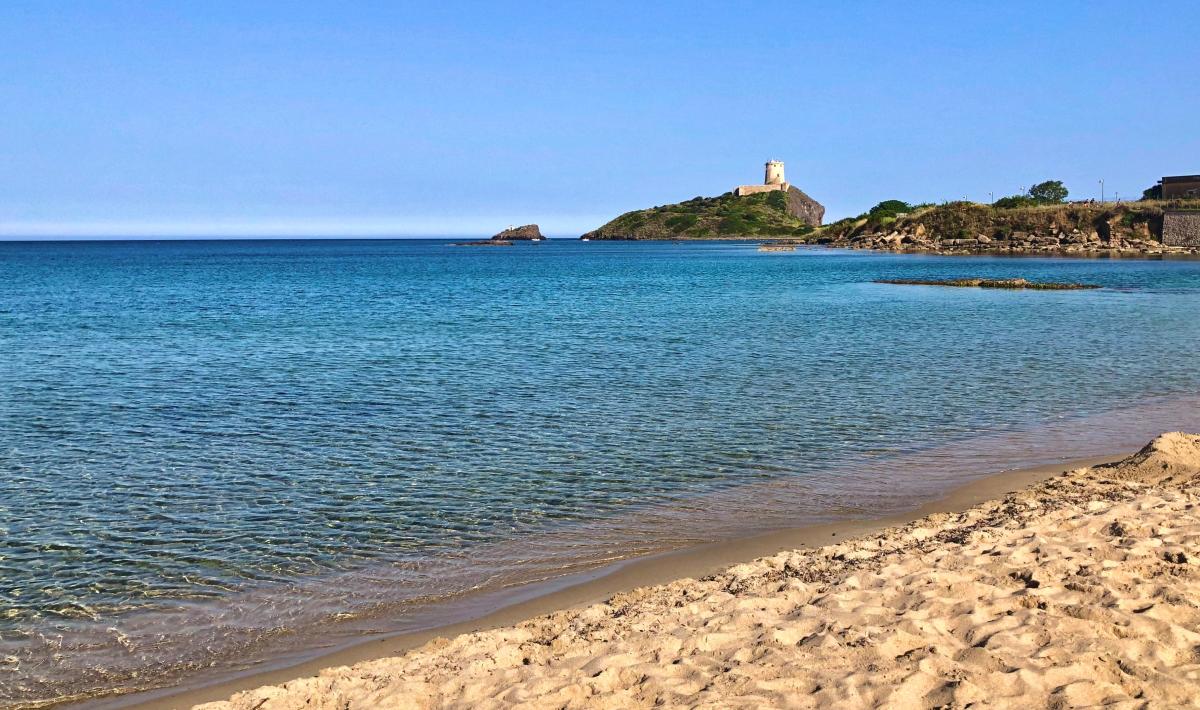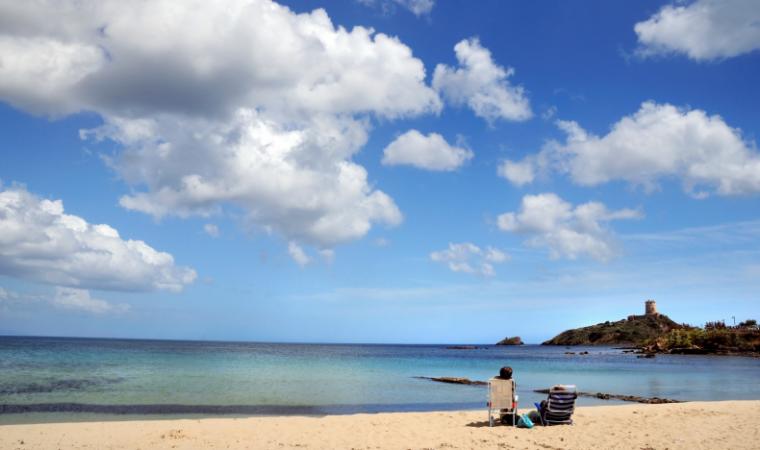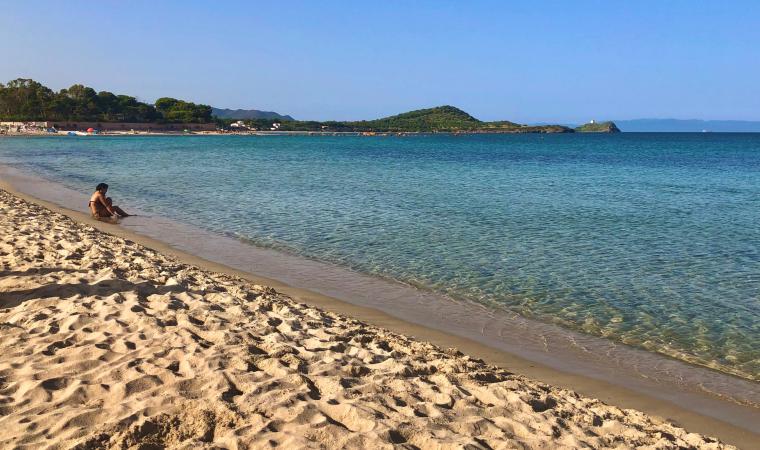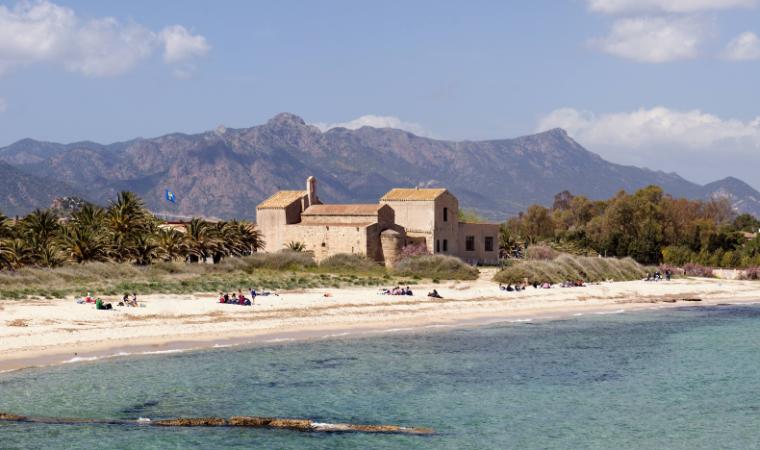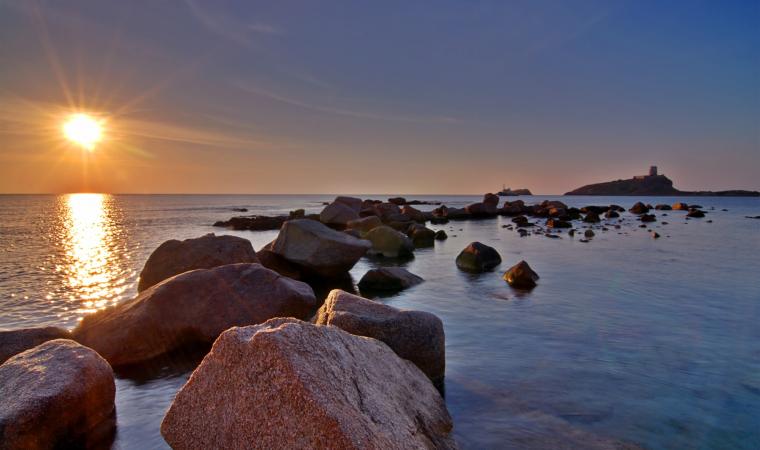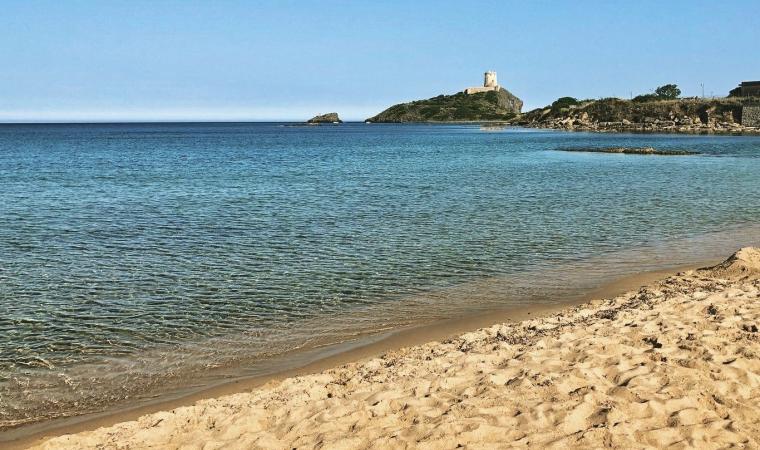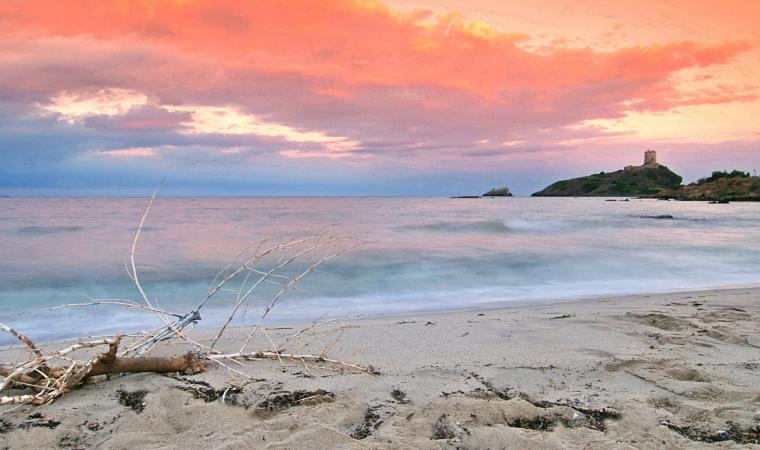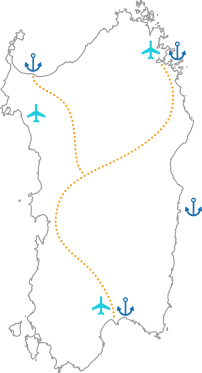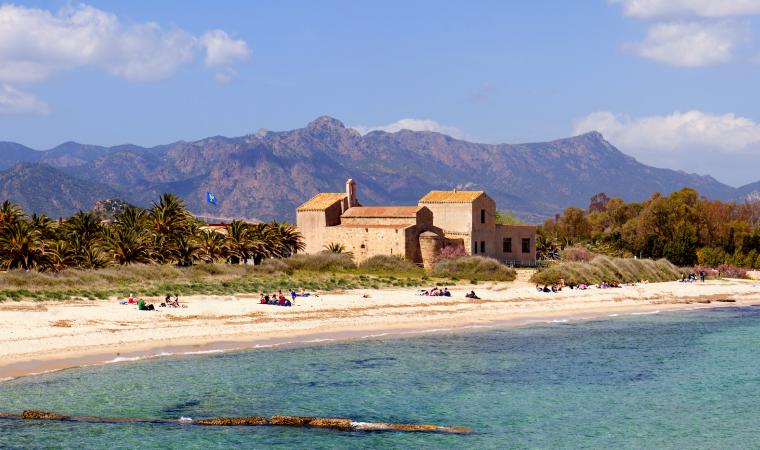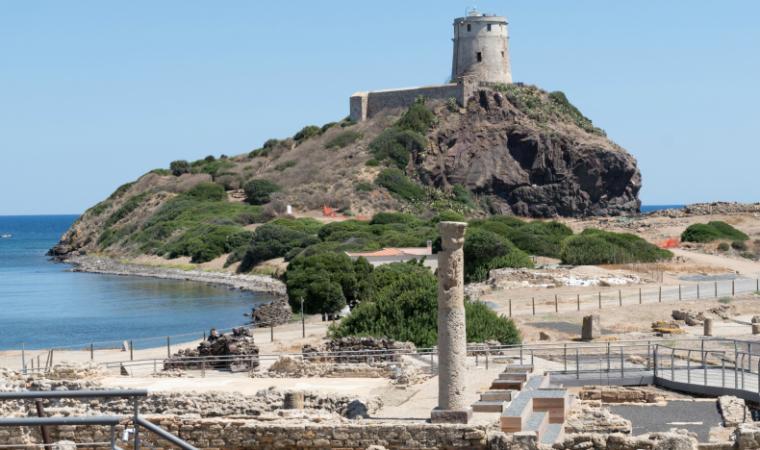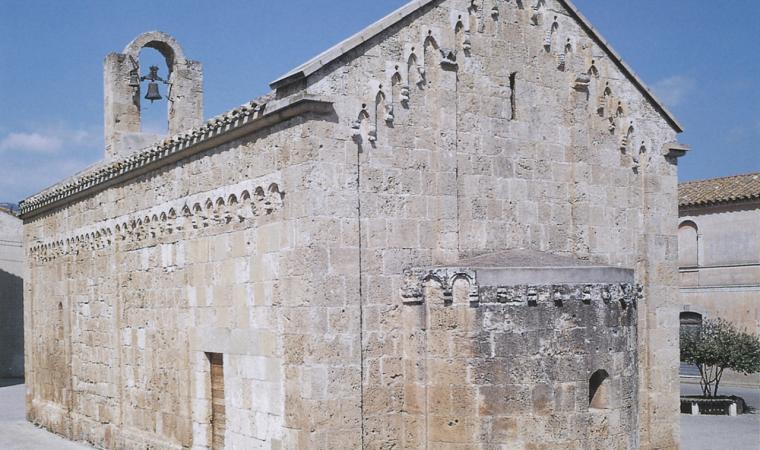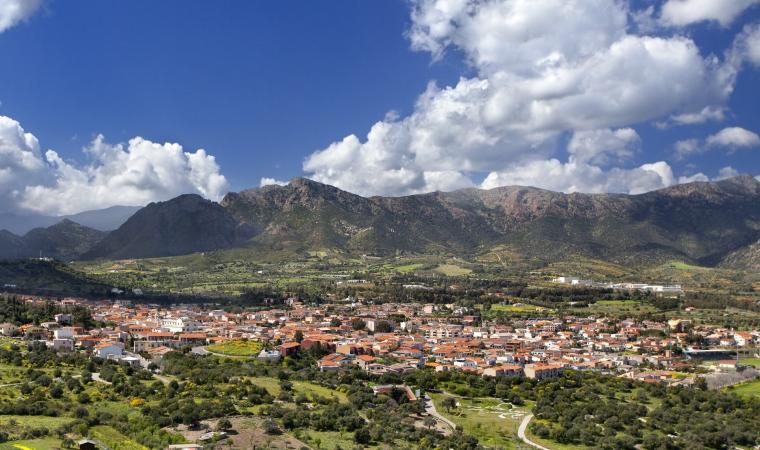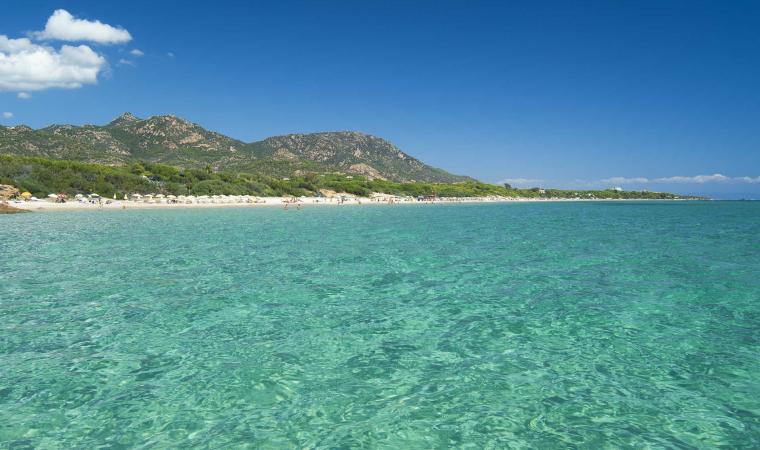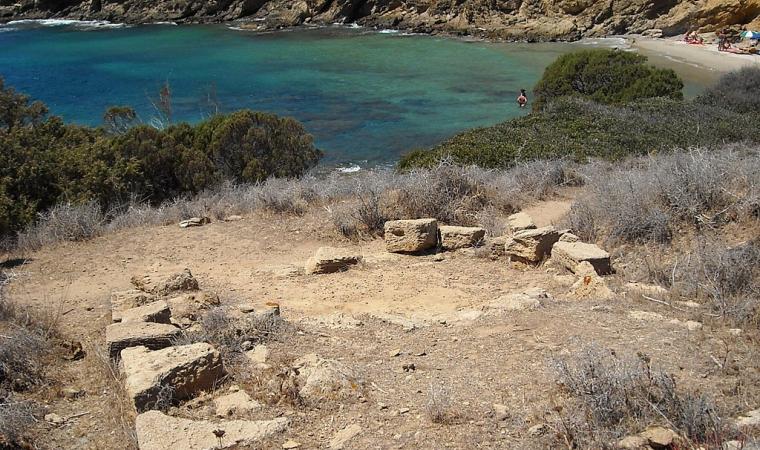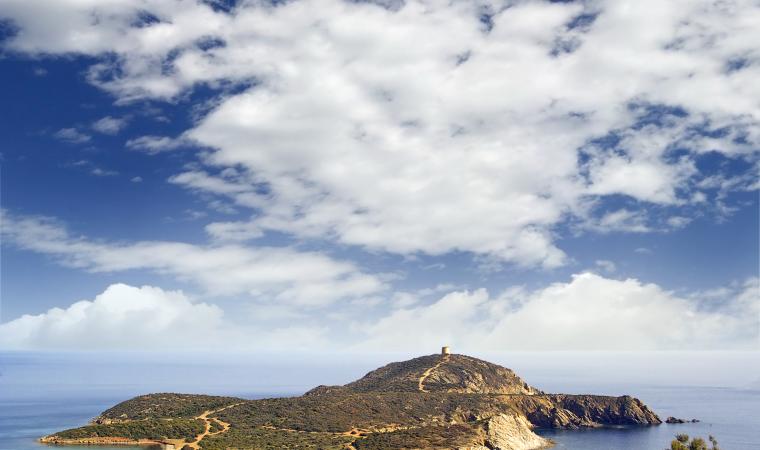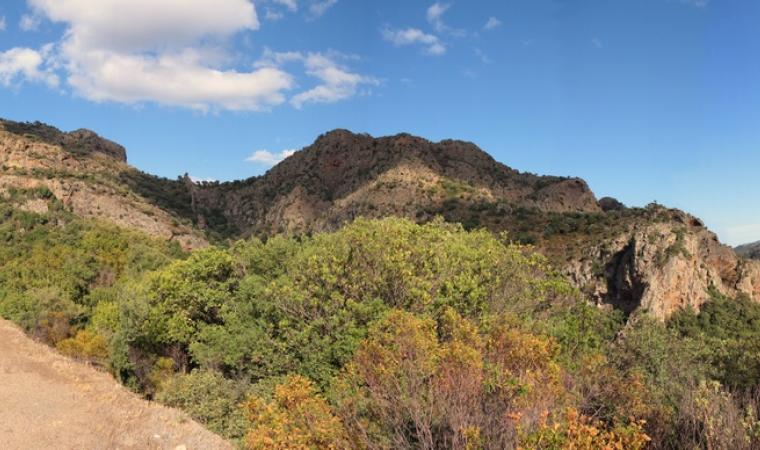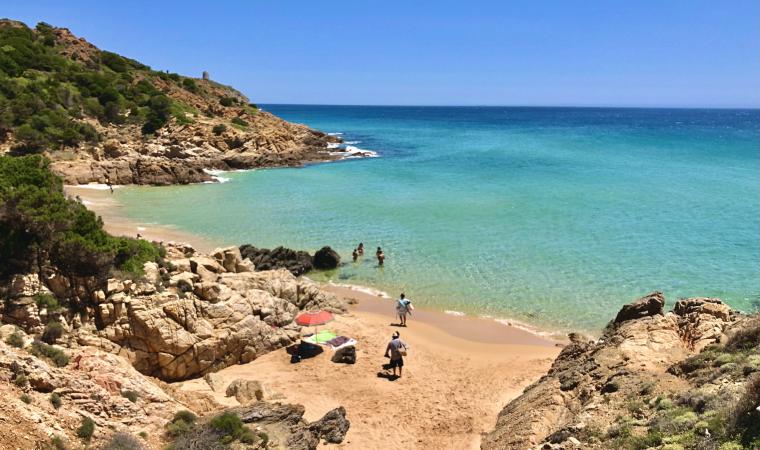The large-grain white sand, rocks full of natural life, overlooking tower and ruins of ancient civilisations make this a unique, unmistakable destination. The beach at Nora is one of the most famous in Pula, thanks to the backdrop of the nearby Roman ruins. The bay is enclosed by cliffs and the promontory, with the splendid Coltellazzo tower, and is therefore sheltered from the wind. When the north wind blows strongly, the beach is perfect for enjoying the sun and swimming in the clear, shallow sea, ideal for children. The shimmering tones of blue sea invite you to take a swim, go diving or underwater fishing. The beach has access for persons with disabilities and is convenient thanks to its large car park, services and refreshment points.

